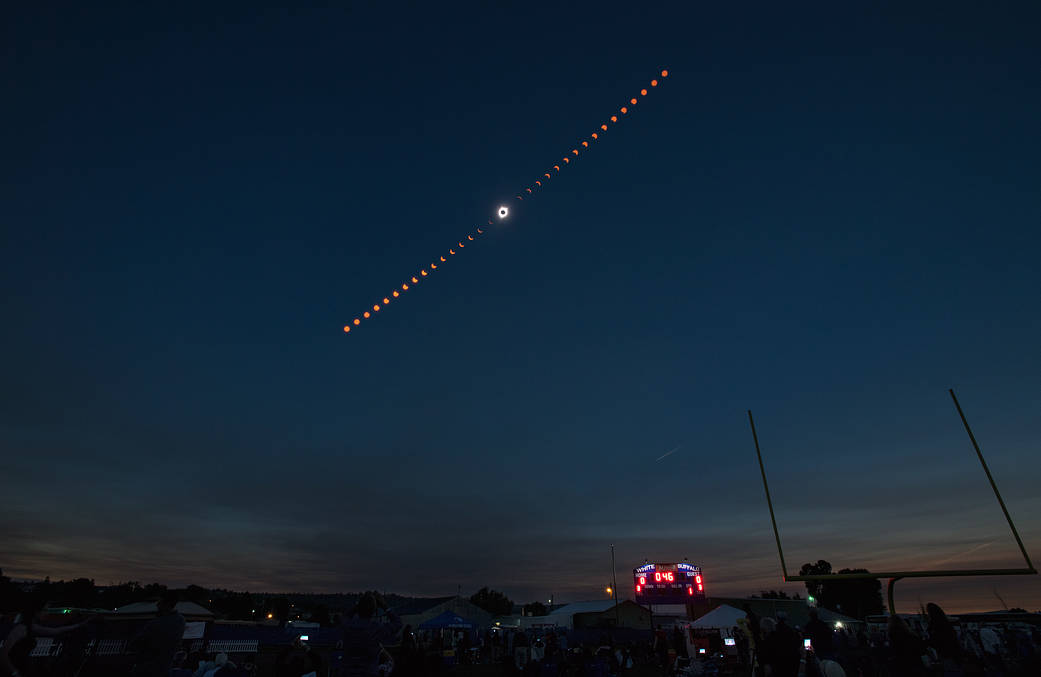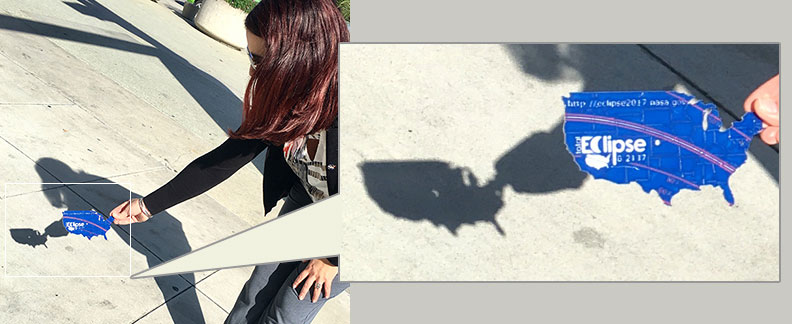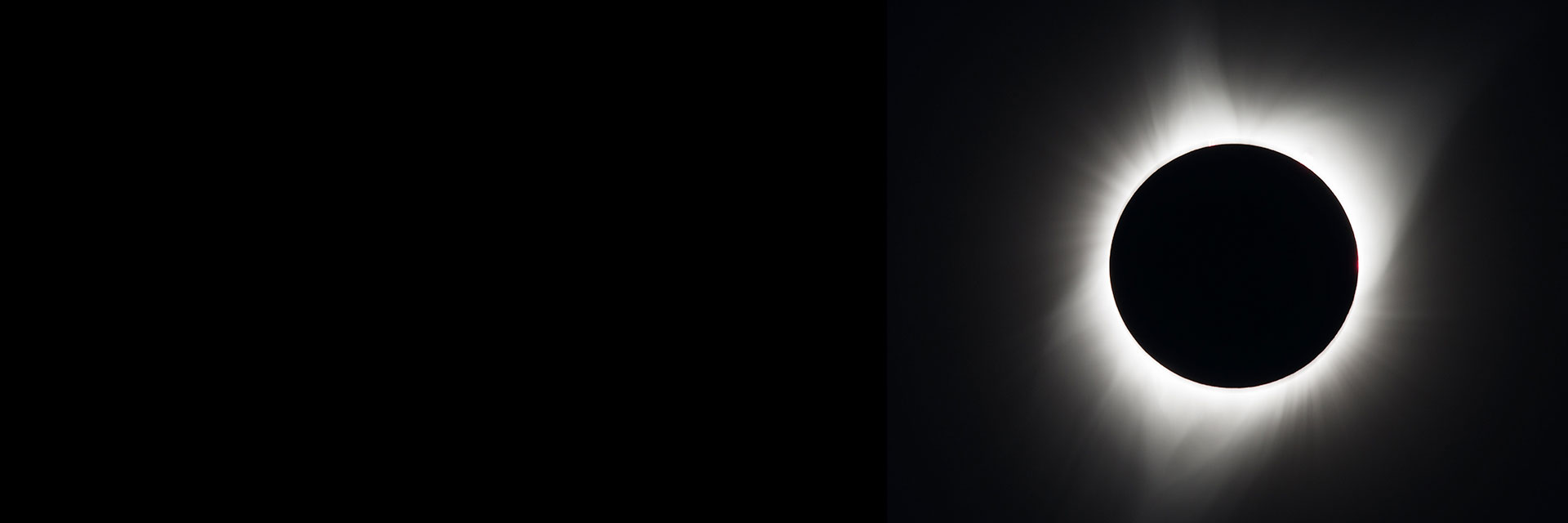On April 8, 2024, a total solar eclipse will cross the continental United States, providing an exciting and breathtaking opportunity for observation and science. A total solar eclipse happens when the Moon passes between the Sun and Earth, completely blocking the face of the Sun. People located in the center of the Moon’s shadow when it hits Earth will experience a total eclipse.
The sky will darken, as if it were dawn or dusk. Weather permitting, people in the path of a total solar eclipse can see the Sun’s corona, or outer atmosphere, which is usually obscured by the bright face of the Sun. This total solar eclipse will be visible in 15 U.S. states, and a partial solar eclipse will be visible in all 49 continental states.

NASA is prioritizing safety, broadening participation, science, public engagement, science activation, and citizen science for this eclipse.
Observing our star, the Sun, can be safe and inspirational. The only safe way to look directly at the uneclipsed or partially eclipsed Sun is with specialized eye protection, such as eclipse glasses, a solar viewer, or through a telescope with a solar filter. You can also use an indirect viewing method, such as a pinhole projector. During the brief totality phase of the total solar eclipse in April 2024, you can enjoy the solar corona without eclipse glasses.
You can safely view the Sun any day, even when there isn’t an eclipse, as long as you use specialized eye protection, such as eclipse glasses, a solar viewer, or a telescope with a solar filter. You can also use an indirect viewing method, such as a pinhole projector.
Eclipses are a unique opportunity to participate in a celestial event, and experiencing an eclipse is one way that everyone can participate in NASA Science. You can work together with NASA to make discoveries possible before, during, and after an eclipse, and you do not have to be in the eclipse path to participate.

Scientists can use a total solar eclipse to study the Sun’s outer atmosphere, or corona. We also study the corona in other ways. Exploring our Sun and its interactions with Earth is possible through innovative NASA missions. Advances in technology are allowing us to send spacecraft closer to the Sun than ever before, and even study the corona from within it. Particles and material ejected by the Sun pass through the corona and are accelerated into the solar system, interacting with Earth and the other planets to create space weather. Eclipses can also help us advance science beyond our solar system: Eclipses in other planetary systems help us find exoplanets around other stars.
The total solar eclipse in 2024 is part of NASA's Heliophysics Big Year. The Heliophysics Big Year is a global celebration of solar science and the Sun’s influence on Earth and the entire solar system. Learn more here.





